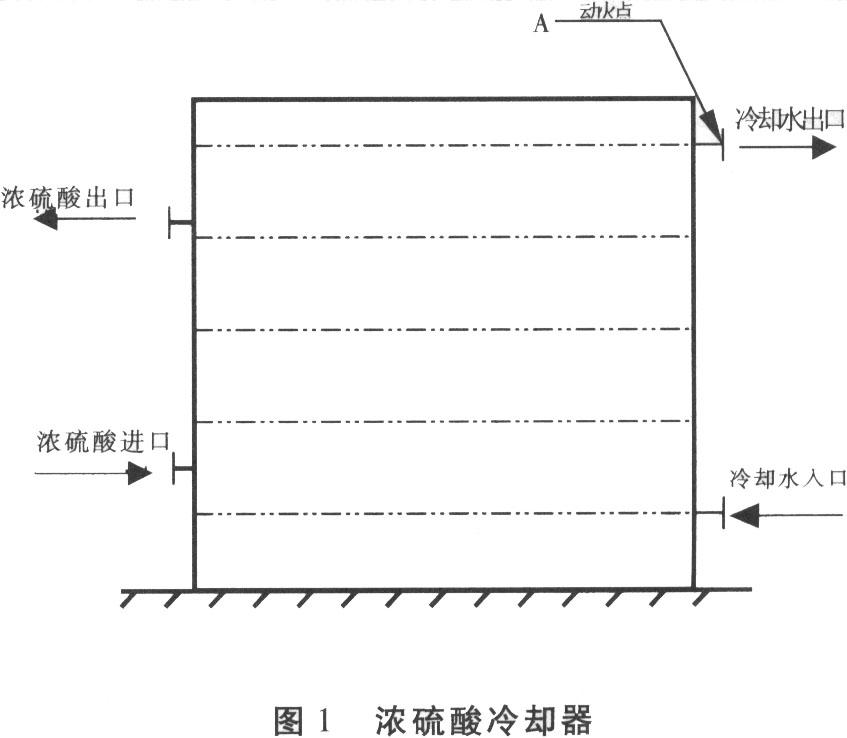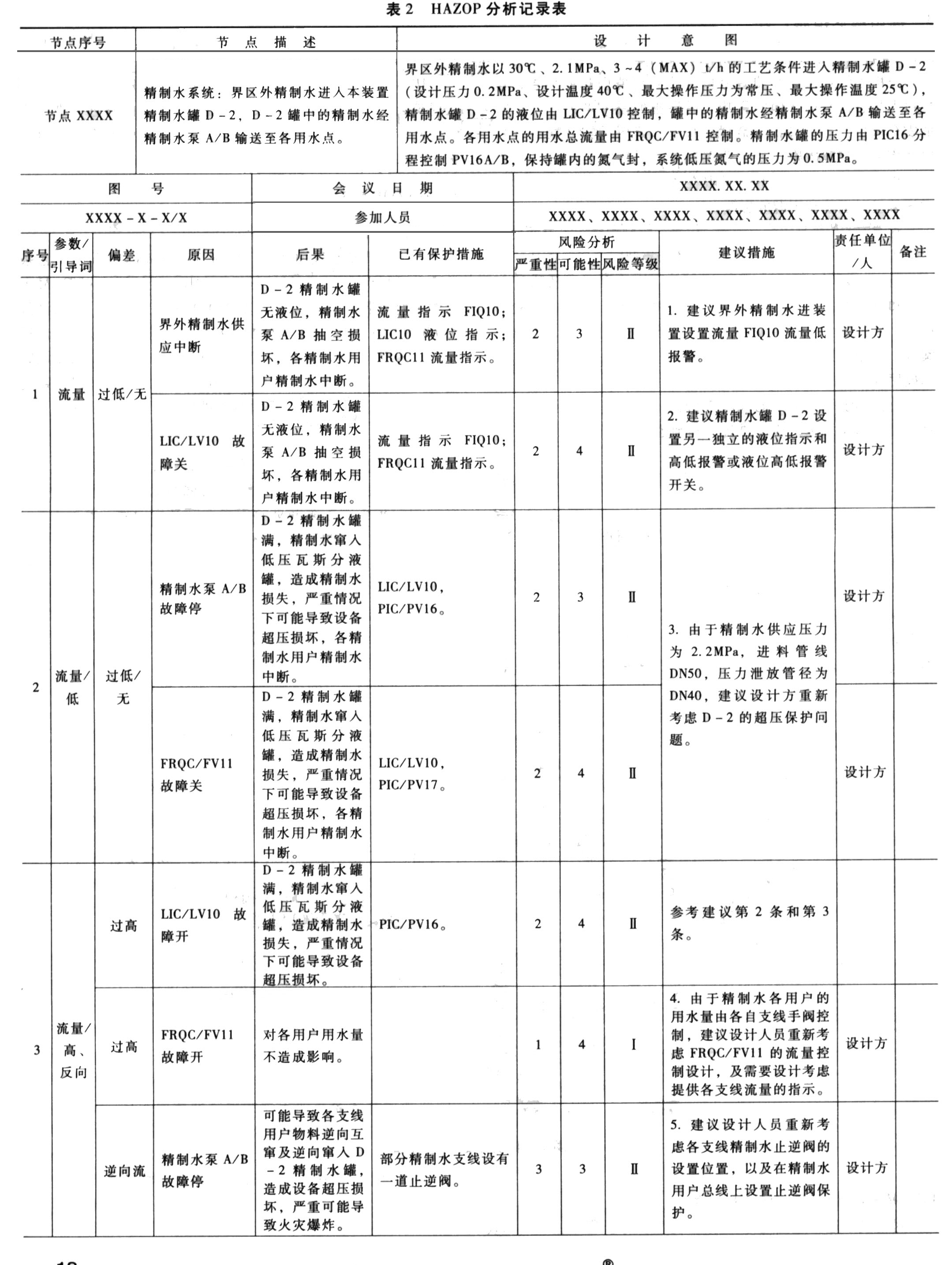Talking about the identification of risk factors before hot work
In order to reduce accidents and promote safe production, since the 1980s, the former Ministry of Chemical Industry has promulgated the "Safety Management System for Chemical Enterprises" and "Safety Regulations for Hot Work in the Factory" (HG23011 -1999) and other related systems and standards, 2008 In the chemical industry, the State Administration of Work Safety began to issue and implement the Safety Regulations for Hot Work in Chemical Production Units (AQ3022 - 2008). The implementation of the above regulations has played a vital guiding role in regulating the hot work procedures and behaviors of chemical companies and strengthening the safety management of enterprises.
As a safety management personnel of dangerous chemical production enterprises, under the guidance of relevant national safety regulations and safety system engineering theory, combined with the case of enterprise hot work accidents, we have long been committed to the exploration of the causes of accidents, analyzing their commonalities and Characteristics, fully feel the importance of analyzing the risk factors and identifying hidden dangers before the fire. The following is a description of the more dangerous cases of hot work, and it is only for everyone's work.
First, the risk factors formed by system changes
Case 1 The maintenance personnel of a PVC production plant in a chemical enterprise carry out maintenance work in the vicinity of the process circulating cooling water tank. When the fire is started in the cooling water tank, the explosion occurs in the tank, and the upper head of the tank falls off, resulting in the above. The four maintenance personnel of the operation fell to death.
Direct cause of the accident: The cooling water in the explosion tank is used in the converter (chemical reactor) for indirect circulation cooling to control the reactor reaction temperature. When the converter is operating normally, there is no flammable gas in the circulating water system. However, if the converter leaks unexpectedly, the combustible gas (mainly vinyl chloride monomer) will accompany the circulating water into the water tank and accumulate in the upper space of the water surface. When the concentration gradually reaches the explosion range, the explosion will occur in the event of an open fire. The result of this factor action.
Case 2 The concentrated sulfuric acid cooler shown in Figure 1 is a chlorine gas drying device of a chemical plant. Its function is to use indirect cooling to cool the concentrated sulfuric acid with elevated temperature to the temperature required by the process. Due to the leakage point of the cooling coil, the unit where the device is located in the process of organization and maintenance, when the welder is working on the flange of the point A, the cooler is knocked, and a maintenance person standing above the cooler falls. Waist falls.
Direct cause of the accident: The cooling coil of the concentrated sulfuric acid cooler is lined with anti-corrosion material, but the inner wall of the cooler has no anti-corrosion lining. Due to the leakage point of the coil, the concentrated sulfuric acid in the tube is fireproof and explosion-proof into the cooling water to form dilute sulfuric acid, and chemical displacement reaction occurs with the wall: H2S04+Fe→Fe203+H2↑. The generated hydrogen accumulates in the upper space of the cooler, and the maintenance personnel fail to identify this risk factor in time, resulting in an accident.

Second, the risk factors caused by the sampling site
Case 3 A synthetic plant production unit has a leak point in the lower sewage pipe of the propylene storage tank. After checking the leak point at the outlet of the sewage pipe at the bottom of the storage tank, (as shown in Figure 2) point C, in order to replace the new sewage pipe, The tanks are fired at points D and C. The maintenance unit prepared the operation after purging and replacing the storage tank and sampling and analyzing the tank. The fire-fighting personnel found that there were several ignition points around the foot of the tank skirt when the torch was ignited. At this time, the personnel suddenly realized There may be residual propylene gas in the cavity of the tank skirt, and the subsequent B-point sampling analysis proves this. In retrospect, it is gratifying and fearful.
Case Study: The analysis of the reasons behind this unsuccessful story has become very simple, but the lessons learned from the accidents are worth learning. How to make the sampling of complex hot-fire systems more accurate and representative will ensure the safety of fires. Long-term focus on topics.

Third, the risk factors caused by material characteristics
Case 4 accident occurred in a chlorine liquefaction plant of a chlor-alkali plant. Shortly after the field unit fired a DN50 liquid chlorine pipeline, the site unit rushed to start the production, causing the pipeline to be melted by the reaction heat at the weld, causing chlorine leakage. When the post personnel close the valve in time and cut off the source of liquid chlorine, it is necessary to avoid a serious personnel poisoning and environmental pollution accident.
Direct cause of accident: The operator does not understand the important characteristics of chlorine. Under normal temperature and pressure, iron does not react with chlorine, but at higher temperature and pressure (according to relevant data temperature > 200 ° C; pressure ≥ lMPa), chlorine energy It reacts with iron to form ferric chloride, and as the heat of reaction increases, the temperature increases and the reaction rate increases. Obviously, the temperature of the pipe weld is still high, and blind chlorine is the source of the accident.
From the direct cause analysis of the above four cases, we have realized that the tasks involved in the hot work in the production and management process are ever-changing, and the various risks of the operation are complicated. The rigid, unchanging old management model cannot surrender the accident demons. The surface appears to be a safe part, and there may be hidden dangers behind it. The warning of the accident case reminds us that we should pay more attention to the risk factor analysis and hidden danger identification work before the hot work, because only the identification of all hidden dangers can make correct preventive measures to ensure the safety of hot work.
How to do the danger identification before the hot work, standard management is the most important link, among which, the implementation of the hot work permit system is a practical and effective method. The process of signing opinions on the various positions of the hot work permit is the process of identifying dangers from different angles and jointly developing safety measures. Therefore, the hot work permit is actually a scientific hot program that is guaranteed by the management system.
Things are artificial, and cultivating high-quality people is a key factor in the risk analysis and hidden danger identification of hot work. In combination with the actual production of the enterprise, the basic knowledge of safety and production skills training will be carried out so that each fire-fighting personnel can actively identify the danger and consciously abide by the operating procedures during the operation, which is also a necessary condition for ensuring safe hot work.
Led Wall Lamp,Led Wall Lights,Wall Mount Led Light,Led Wall Lights For Bedroom
OLAND PHOTOELECTRIC TECHNOLOGY CO.,LTD. , http://www.olandlights.com